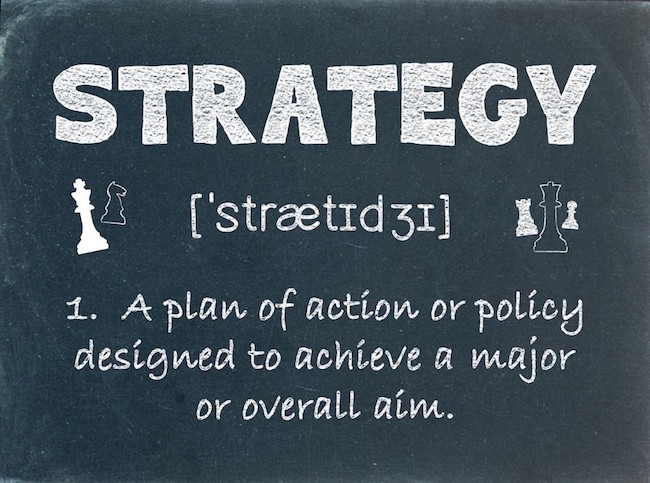Strategic planning has been one of the most crucial success factors of the organization to stay relevant and hold their stance in the business industry. It contains all types of tasks, methods, processes, a model that are often unique for the organization’s advantages from its competitors.
All too often, strategic planning is hardly implemented due to numerous reasons. One of them is the perception that you can really exactly follow the plan and things just basically fall into place. This mindset has earned strategic planning to be unnecessary and too complicated to adopt by some organizations.
This article will run all the strategic planning basics and the terms that usually appear with it. To be able to embed strategic planning in your organization, you need to gain learning and understanding of what lies in it.
Defining Strategic Planning
You can actually see the varying definitions of strategic planning from Wikipedia or on business blogs or articles. To put it simply, strategic planning pinpoints the organization’s direction for the next year or so in the business industry. This usually occurs in the entire organization or its department and other major divisions. Some assume that strategic planning is only focused on the overall organization, not the hierarchy within it, but it depends entirely on the organization’s status.

There Is No Such Thing as a Perfect Strategic Planning
Strategic planning involves numerous and various stages within the process. The procedures vary in the organization and employees who are tasked to do it usually incorporate different jargons for these processes and sequences. This also means that people have varying terminologies and respective descriptions.
So that makes strategic planning unique. Perfect and flawless strategic planning don’t exist and some people have misconceptions that a strategic planning should not be vulnerable to errors. Mistakes are often advantages for organizations to determine if they are on a right track. If strategic planning is almost too perfect, there is something definitely wrong with it. That is why monitoring procedures should be in order before proceeding to implementation.
Taking an In-Depth Look of Strategic Planning
As stated, strategic planning has different tasks under it. Let us take a look at them:
Strategic Analysis
It includes facilitating reviews or assessment of the organization’s current status and environment, rounding up different aspects such as political, economic or technical. The planning committee evaluates the factors that will affect the organization. For instance, competitions, and taking look at the SWOT analysis that determines the company’s strengths, weaknesses, opportunities, and threats.
Some organizations go more in-depth once they determined or enhanced their missions, vision, and objectives.
Coursing a Right Direction
One of the goals of strategic planning is to steer the organization to the right direction. In this case, determining the ways for the planning committee to fulfill these objectives using tasks within strategic planning. This also means breaking down the tasks based on where they belong; mission, vision, and value. Since these three statements reflect the organization’s stance, it’s a given that they need to be evaluated and prioritized. First, let us cover mission. A mission statement is the condensed definition and aspiration of an organization. Thy varies depending on the organization and they make up the overall reputation in the business industry. Vision, on the other hand, states how the organization sees itself in the years to come and how it will evolve in the future. Lastly, that value which consists of the organization’s priorities to apply to the industry. This statement must be brief yet specific. Too many words in it will appear vague. Examples of values are increased in market’s share, an increase in functionality and performance operation, and objective fulfillment.
Course of Action
This is where implementation comes in. It is usually called action planning where the plan is set in action. This is also where the objective specification is done along with fulfilling the strategic goals that make up the core objective.
Strategy and tactic are often confused—they are not actually the same, though tactic plays a big role in strategic planning, but only broken down into smaller chunks of tasks. The implementation also lists down the following schedules and tasks that are needed to achieve the objectives, which in turn must be monitored and evaluated during the planning process. Companies usually organize this whole aspect with a management plan or operational plan, where the funds use for the plan are included.
Summary
That’s it for the basics of strategic planning. Remember that this is a broad aspect and understanding them is the first step to actually creating a plan and implementing them.




